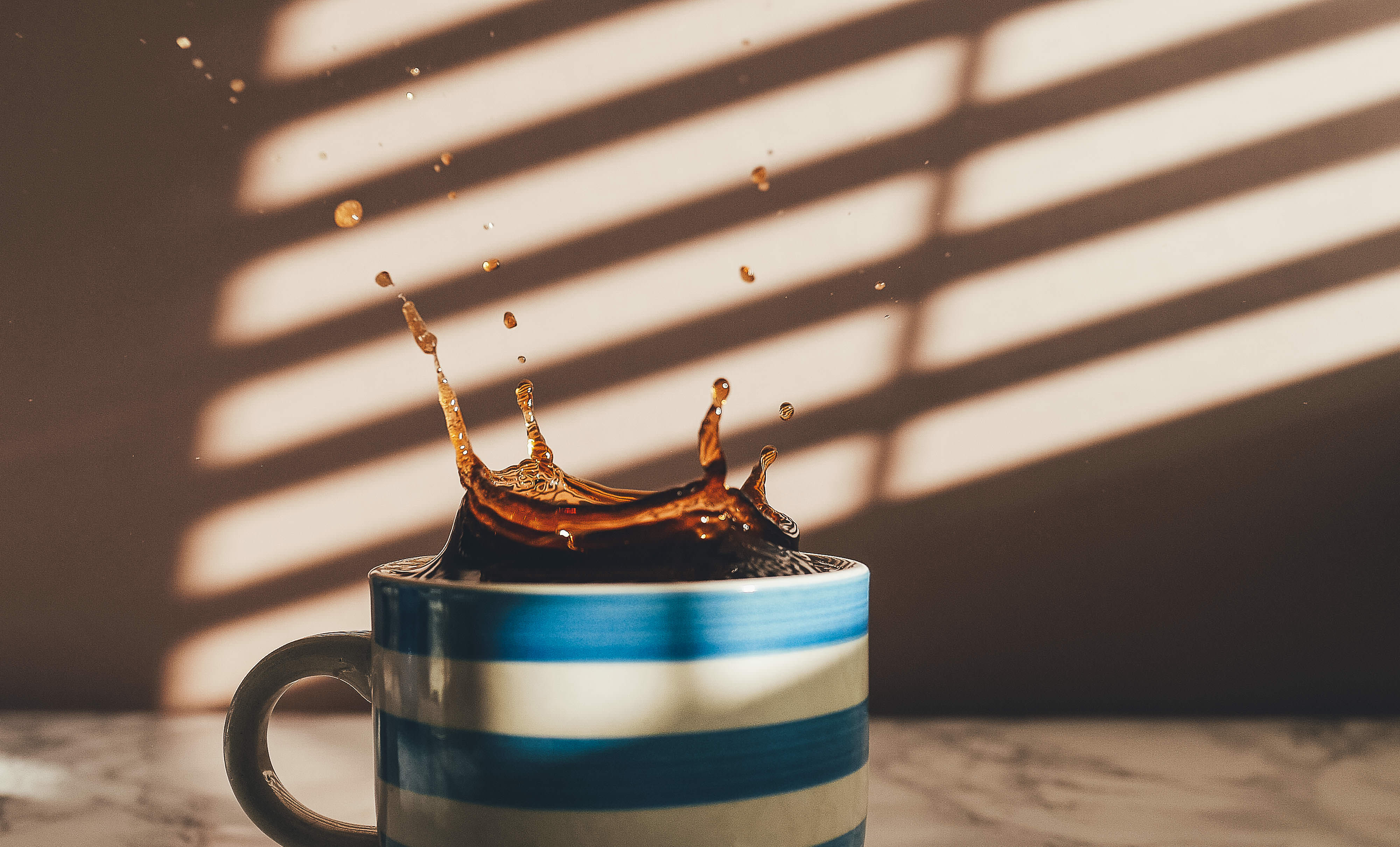For Those Considering Roasting Their Own Coffee Beans…

If you’re a coffee lover, you may feel that the earlier in the process you can get to your coffee, the better off you and your cup of Joe will be. You may feel that coffee you brew yourself tastes better than the coffee you buy in a shop, and that the coffee you grind from your own beans tastes better than pre-ground coffee. Well, you’re probably right.
Getting your coffee early gives you more control over the taste and flavor of your coffee. And the earliest you can get to your coffee (other than picking the beans yourself) is roasting your own coffee at home. If you’ve never tried roasting coffee at home, here are some tips for getting started – from buying the roasting machine, to choosing the coffee beans.
Step One:
Choose Your Roaster
To make the process as easy as it can be, you should be aware that there are actually coffee roasters you can purchase in an appliance or housewares store. But you don’t have to buy a coffee roaster in order to roast your own coffee beans at home.
You can roast your coffee beans with a hot air popcorn popper, on a skillet on your stove, or on a cookie sheet in your oven. You will probably get your best results from the popcorn popper, but the choice is up to you.
Step Two:
Choose Your Beans
Your coffee beans are the green innards of coffee cherries, and you can buy them in a variety of places, including at specialty stores or through online retailers. Naturally, different coffee beans will produce different flavors. It’s a good idea to start with a green coffee sampler pack so you can try different types of coffee beans and see which ones produce the type of coffee that you enjoy the most.
Step Three:
Roast the Beans
Whichever method of roasting you use, your main concern is how long to roast the beans. Start by roasting about 4 ounces at a time; preheat the oven, and for oven roasting, turn the oven to at least 500 degrees. Make sure there is a place for the chaff that comes off of the beans as they roast.
As the beans first start to roast, they will turn from green to yellow and have a grassy odor. Shortly thereafter, steam should start to rise. Eventually, you will hear a loud crack. This is called First Crack and is an indication that your beans are ready to become coffee. However, if you take them out right away, you will get a very light roast.
The longer you let your beans roast after first crack, the darker your roast will be. From first crack to second crack, your coffee is a City Roast (Full City Roast if you roast right up to but before second crack).
When you hear/see a second, louder, more violent crack, you’re in dark roast territory, starting with Vienna Roast. If you go all the way to the end of this phase, you’ll have a French Roast. Let them roast too long, however, and your beans will be ruined. Be sure to stop the roast before pieces start to fly off the beans, and the sugars burn completely off.

Roasting Coffee Beans Is Delicate, But Easy
Roasting your own beans isn’t difficult, but does take some precision, especially if you are not using a coffee roaster. With time, however, it can become an enjoyable art and produce a great cup of coffee – one that you were involved in producing from the very beginning of the process, too!
